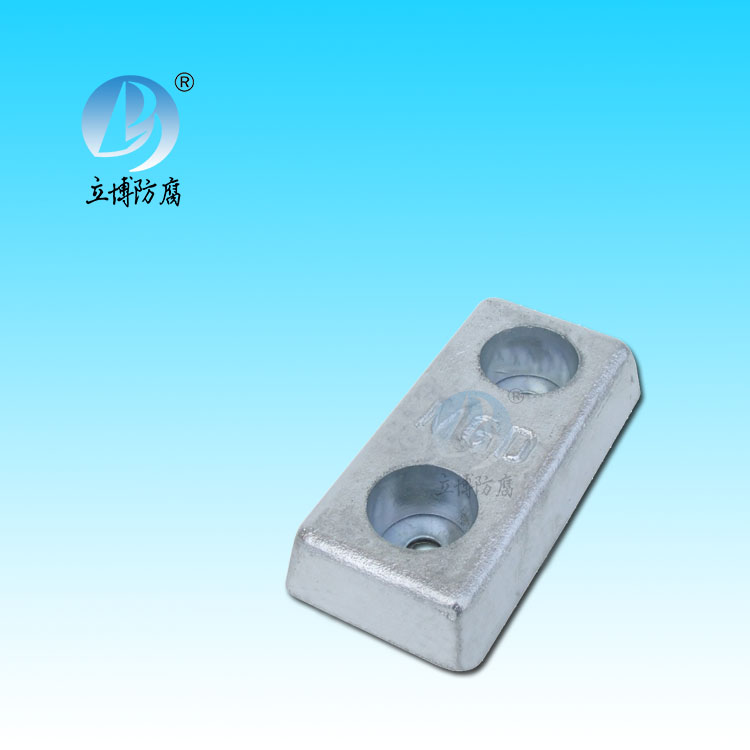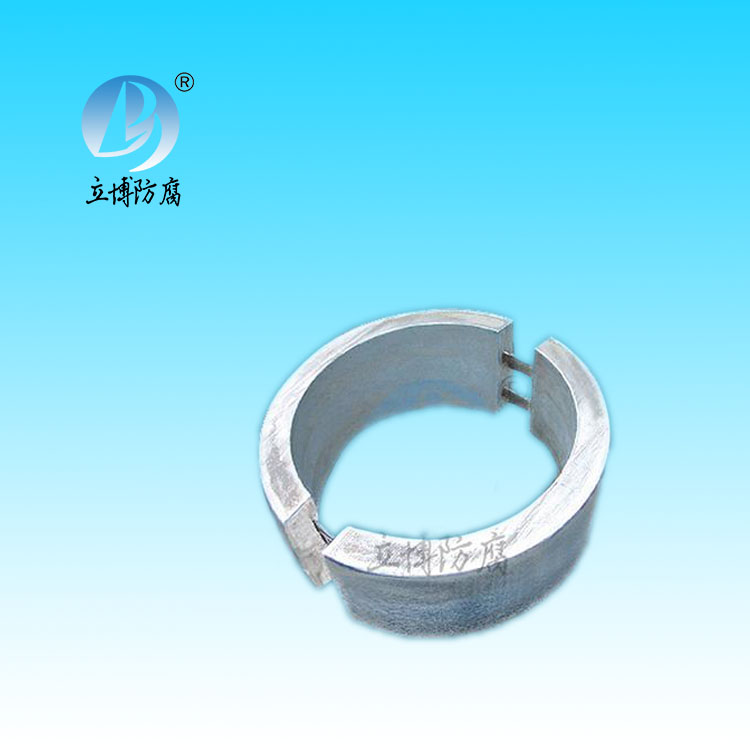News
News
- What is a sacrificial anode
- Basic requirements for reference...
- What does the reference electrode do...
- Why are zinc blocks attached to the ...
- What is the principle of impressed...
- What material does metal structure...
Contact
Phone:18739187123
hotline:0391-7588881
E-mail:970512272@qq.com
Address:Wuzhi County, Jiaozuo City, China
Industry News
The heat exchanger uses cathodic protection to sacrifice the anode
- Author:Libo
- Source:wkmeufh.cn
- Date:2021-06-11
- Click:0
For economic reasons, sacrificial anodes are often used to protect smaller equipment (e.g., water heaters, feed tanks, coolers, tubular heat exchangers), and larger equipment (power station condensers, inlet structures, conduits, long inclined flume, hydraulic turbines, and large pumps) mainly with forced current protection. However, in accordance with the anti-explosion safety regulations for electrolysis products, sacrifice anodes can also be installed in ships' ballast tanks, cargo tanks, oil tanks, water tanks, exchange tanks, and crude oil tanks.
Aluminum anodes are used for internal cathodic protection in large crude oil storage tanks, which are vulnerable to corrosive salt - rich deposits. In an early application case, 71 anodes were equidistant to the oil and water deposits at the bottom of the tank. The anodes were 1m high, at the oil and water interface area, including the insertion member, with a total surface area of 2120㎡, protected by 17A current, and a protective current density of 8mA·mˉ2. The total mass of the anode is 1370kg, Q 'PR =2600A·h·kgˉ1, and the calculated service life is 24 years.
The anode used consists of two parts, each one meter long, welded to a special plate. The protective effect is controlled by a force, and the potential is measured by means of a reference electrode floating on the water surface.
In this type of equipment, the aluminum anode is usually connected to the outside of the tank by an insulated cable, and the application of anodic current pulses from an external power source may purify and activate the anode. Such a current pulse is necessary because the anode surface is easily passivated by the oil film during operation.







 客服QQ
客服QQ